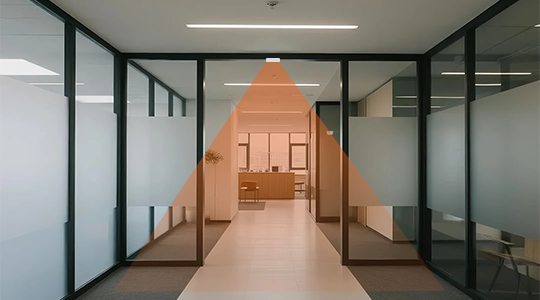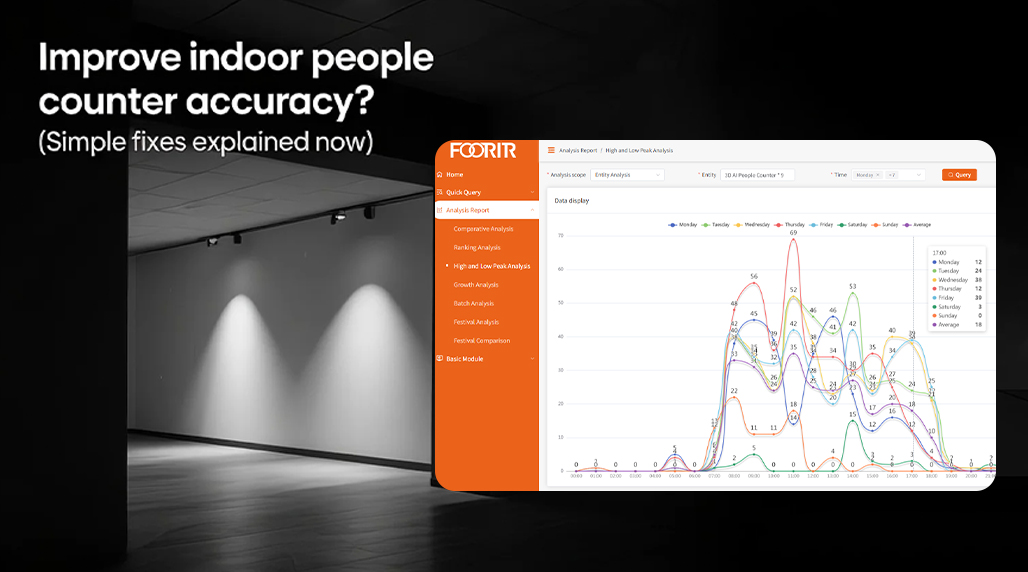Essential Calibration & Targeting
Improving indoor people counter accuracy starts with correct calibration and zone targeting. Ensure the sensor‘s field of view precisely aligns with the entry/exit point you need to count. Avoid areas prone to simultaneous group entries or complex trajectories. Regularly recalibrate using known foot traffic data; minor misalignments dramatically skew counts over time. Define tight virtual counting lines within the sensor’s software.
Optimize Sensor Positioning
Placement is critical for reliable data. Mount overhead sensors perpendicular to the flow of traffic at recommended heights (typically 2.5m – 4m). Avoid obstructions like hanging lights or beams. Position sensors far enough from the threshold to capture complete silhouettes:
- Dedicated entrance/exits: 1.5m – 3m inside.
- Wide doorways: Center mount above the frame.
- Multi-directional areas: Consider multiple sensors.

Manage Environmental Factors
Environmental interference significantly impacts accuracy. Mitigate these common issues:
- Lighting: Avoid direct sunlight on overhead sensors. Use IR-pass filters. Ensure stable artificial lighting; avoid rapidly strobing lights. Systems like FOORIR often incorporate advanced IR illumination less affected by ambient light.
- Reflections: Minimize glossy floors or mirrored surfaces near counting zones using mats or strategic lighting.
- Obstructions: Keep the sensor’s view clear. Periodically check for cobwebs, dust, or moved objects.
Choose the Right Sensor Type
Match the sensor technology to the environment:
- Overhead Stereo Video/3D: Most accurate for normal flow and varying heights; resistant to shadows.
- Thermal/Time-of-Flight (ToF): Better in low-light but potentially less resolution at distance.
- Avoid simple PIR motion sensors for precise counting.
FOORIR‘s sensors utilize advanced depth sensing algorithms for reliable occupancy data across diverse conditions.

Implement Data Filtering & Maintenance
Leverage software enhancements:
- Set reasonable min/max dwell times to filter out false detections (e.g., brief hand waves).
- Enable direction filtering if applicable.
- Schedule regular software updates and sensor lens cleaning.
- Review accuracy reports and fine-tune settings periodically. Solutions such as FOORIR offer sophisticated cloud-based filtering that learns and adapts.
